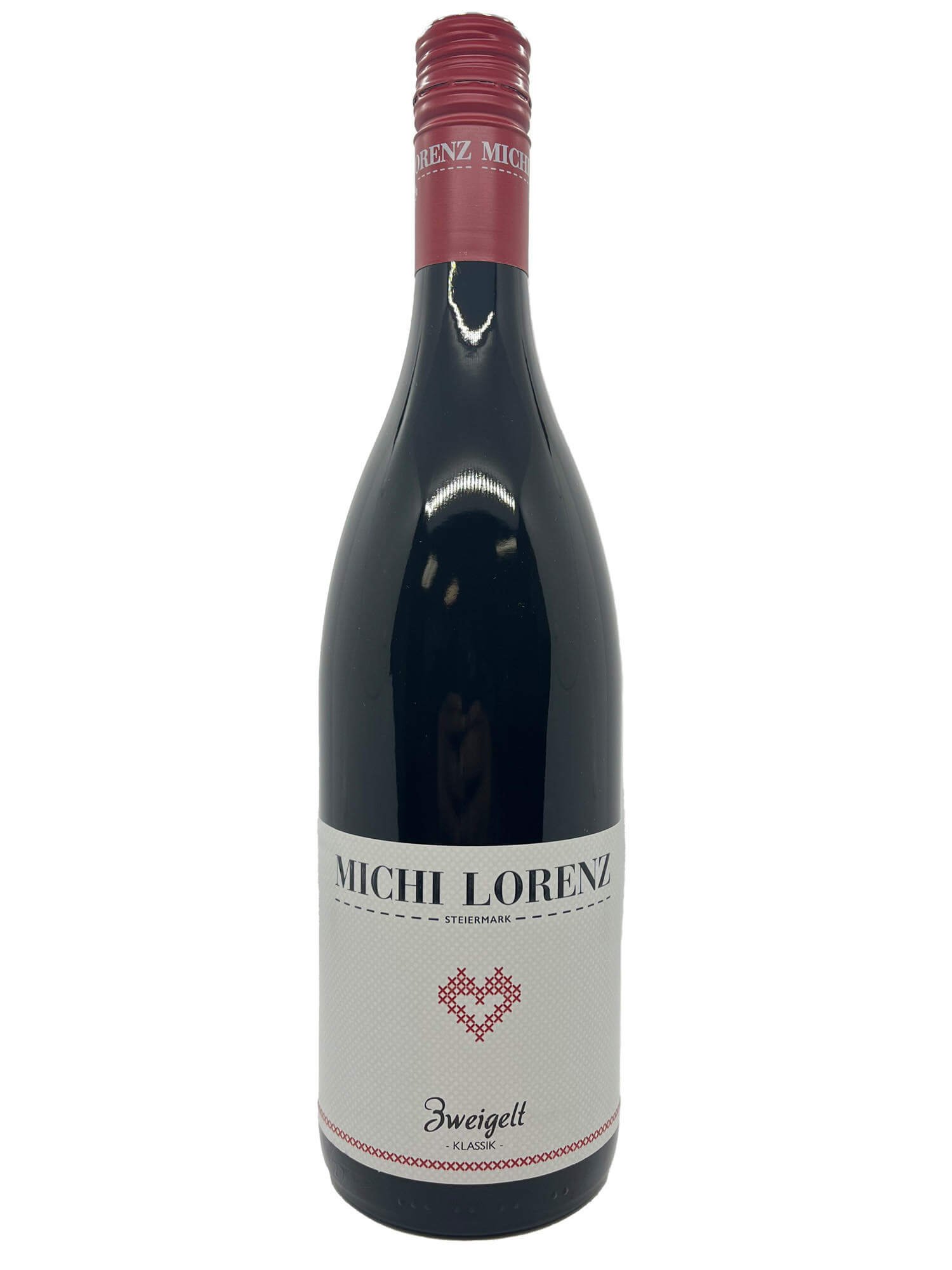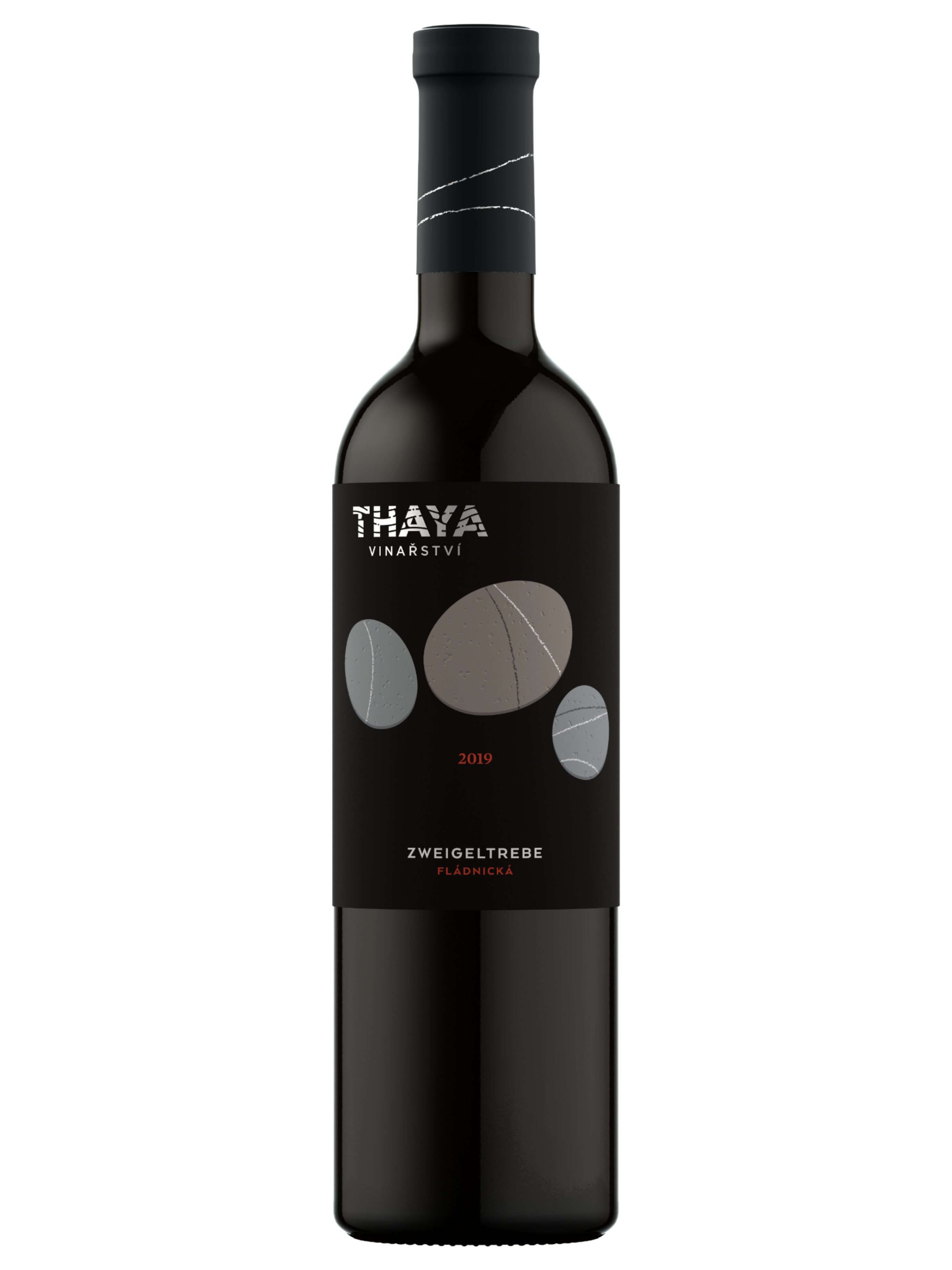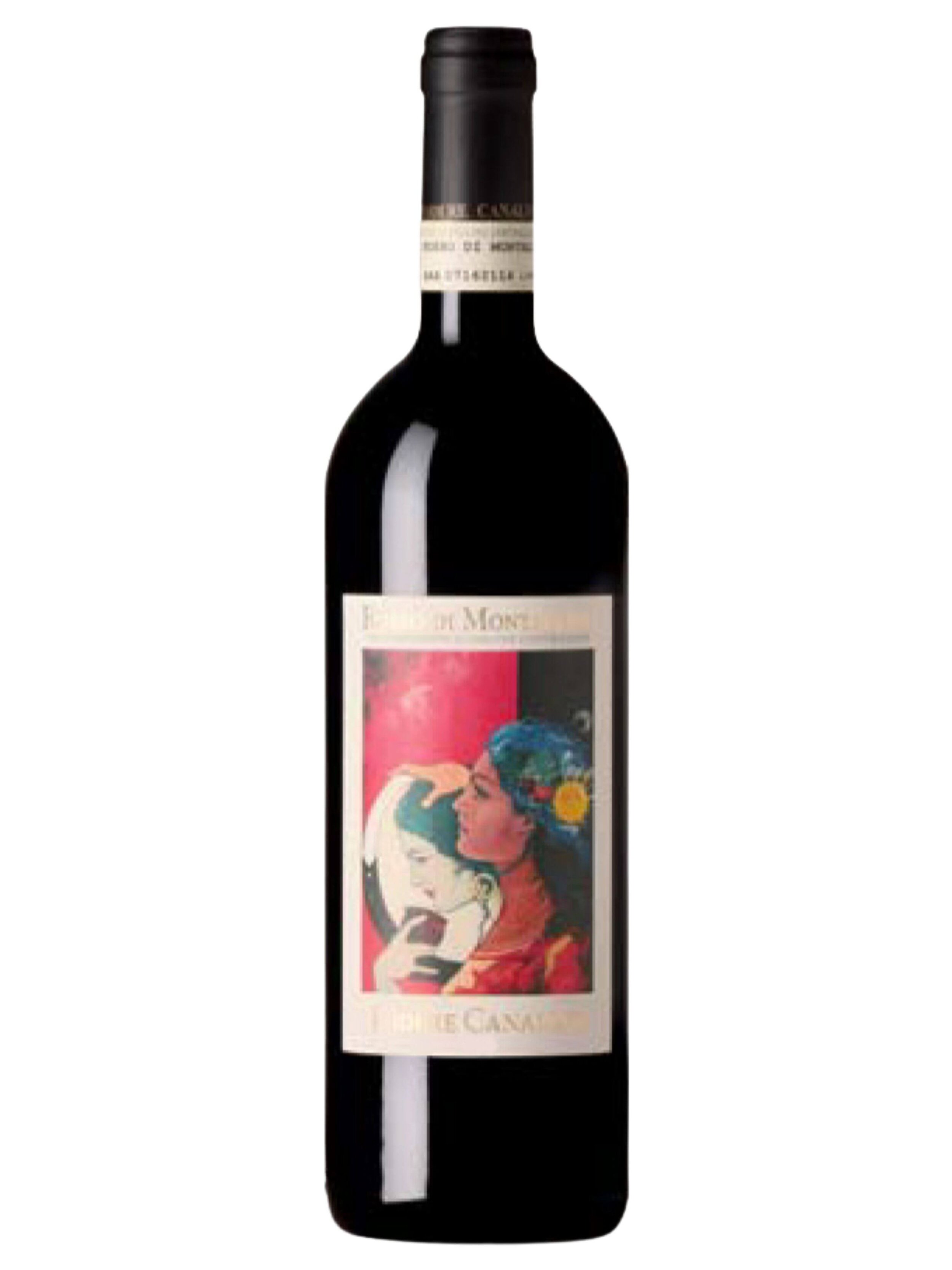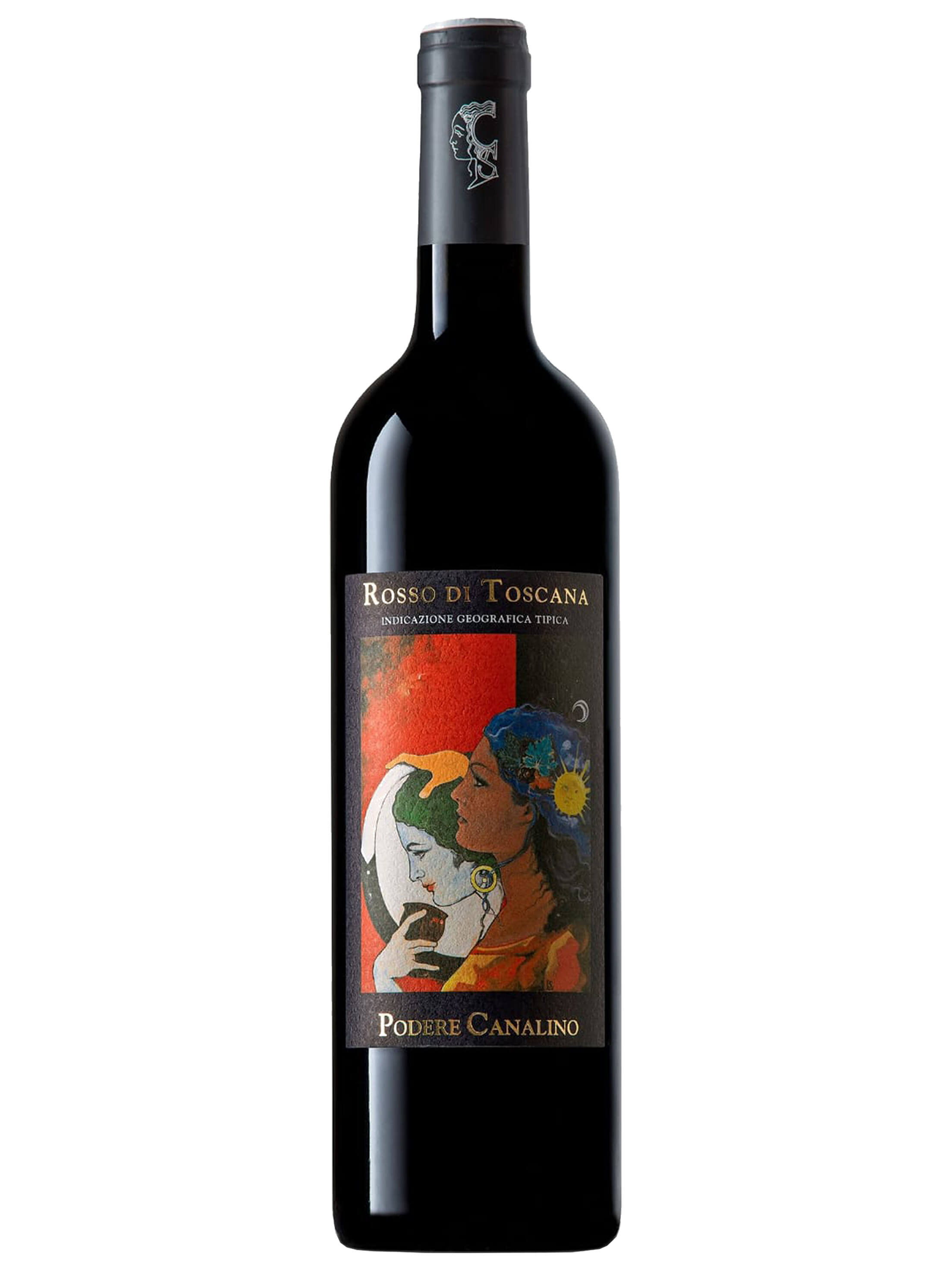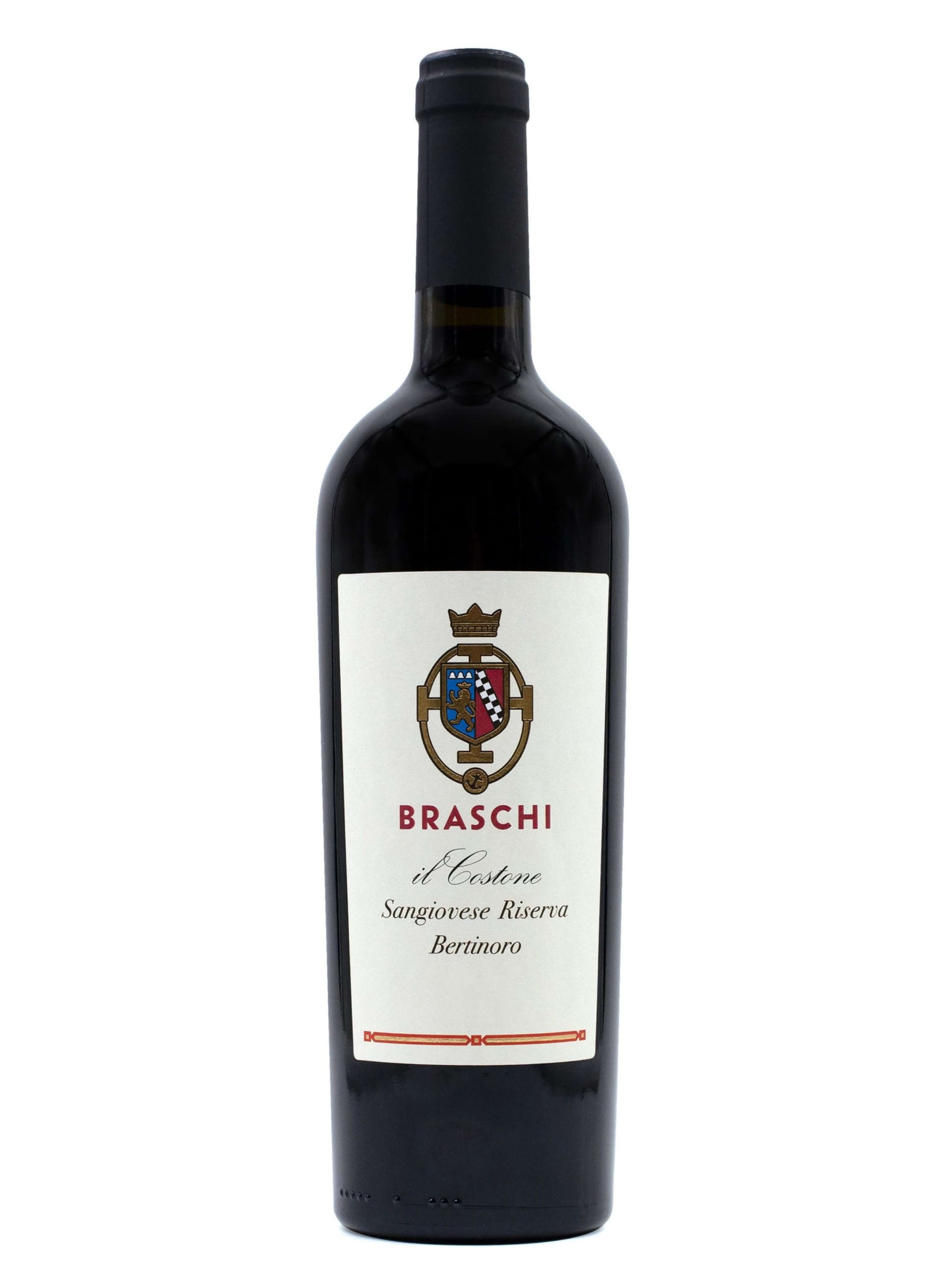Not Your Boar-ing Pasta Sauce
To some, a wild boar may seem like an improbable animal… something that a ‘normal’ person would never encounter. However, in many places around the world, interactions with them are actually a common part of life. Not just in forests and the country side but sometime even in cities, depending on how desperate the wild animal needs food and water.
And as human existence goes, wild animals like wild boar are hunted. In fact, we often hear from winegrowers, especially those close to forests, they know it’s time to harvest when the wild boar start eating your fruit. In fact, they need to keep one step ahead of them so they don’t eat up a whole year’s harvest. In areas like these, recipes with wild boar meat are part of the local cuisine. Let’s share some stories of wild boar from around the world and from the vineyards of some Vero Producers, as well as wine pairings to go with wild boar dishes and a delicious Italian recipe for a wild boar pasta, traditional from Tuscany. This promises to be an article that will keep you entertained and not boar-ed!
A group of wild boar in the Czech Republic, from the winery Thaya.
Around the World
The question of how wild boars, feral pigs or hogs, and domesticated pigs are all related is a complex diagram that takes more than this blog to delve into. Suffice it to say, for the purposes of understanding what is a wild boar, we will mostly refer to the descendants of the Eurasian boar that stretches across the continent and into North Africa. However, these bulky creatures have also found their way into various corners of the world, including the Americas. Whether through intentional release, inadvertent escape, and cross breeding, their presence has become a global phenomenon.
Before we dive into a few places where wild boars are found, let’s run through some fast facts about these animals:
They can live to be up to 11 or 12 years old, with some of the largest specimens weighing in at over 200 kilos or 400 pounds (and helps us understand why they can be so destructive and dangerous even to cars).
They are omnivores, having a diet that can range from tubers, berries, and fruits to carrion, insects, and small rodents. In an agricultural landscape, field crops, especially corn, but also grapes, become fair game for these resourceful foragers. And their foraging can be disastrous, with them uprooting fields and creating mountains of moved dirt, aside from what they can eat.
They are mostly nocturnal, with most sightings being most likely at dusk or sunset and into the night. However, that doesn’t mean that they don’t move around quite a bit in the day as well, just that most of their destructive foraging behaviors happen during the night for a lovely morning surprise for farmers.
They live in groups, sometimes of up to 20 individuals, with only old males being solitary. A female can have or two litters per year of babies, ranging between three to eight at a time, and the babies have delightful oh so cute stripe markings.
Baby boars, adorable with their stripes.
Now that we can envision a little better what type of animal we are dealing with… let’s have a look at some wild boars around the world as well as their influence in the kitchen with some wine pairings!
Czech Republic
In the heart of the Czech Republic, wild boars, known as prase divoké in the Czech language, are not elusive creatures confined to the depths of national parks. Instead, they are a ubiquitous presence, traversing various parts of the country. While the National Park that Vero Producer Thaya has vineyards boasts a healthy population of these animals, it is by no means an exclusive domain. The wild boar's adaptability and widespread distribution make encounters with them a common occurrence throughout the Czech Republic. As with many other places in the world, because of proliferation and overpopulation, hunting of wild boars is legal in the Czech Republic in an effort to mitigate the damage that they can cause to agricultural fields and vineyards.
In a twist of fortune for Thaya, the wild boars in the park seem to spare their vineyards from significant damage. While occasional foraging may lead to the consumption of reachable grapes, the primary concern lies in the boars' earth-turning habits, but even that is not too disasterous for them. Rather than causing havoc among the vines, these creatures tend to scratch up the soil, searching for sustenance beneath the surface. However, Thaya seems to be lucky that they escape a large part of the most damaging activities of the boars. In fact, the borders between their vineyards and the wild boars are not marred by the need for protective measures. Unlike in some regions where fencing is a necessity, Thaya does not utilize them, instead allowing the boars to move freely without posing a substantial threat to the crops.
Italy
Cinghiale, or wild boar in Italian, are found all over Italy, from north to south. From Piedmont in the North, to Emilia Romagna and Tuscany in Central Italy, and down to Basilicata in the south, Italian winemakers must contend with the boars. Like in the Czech Republic, while they can eat berries and such, a large part of their destruction comes from their rutting activities where a group is capable of in one night overturning such a large amount of earth, it can seem like a tilling tractor went through.
Here is a close encounter we had with cinghiale wild boars in Italy this past summer.
For this reason, hunting is allowed of these cinghiale. In Italy, they can even be a menace in cities, with sightings of these boars being reporting in metropolitan areas like in the city centers of Rome and Bologna. However, in more rural or agricultural communities, they are dangerous on the roads more than anything. Vero Collaborator Jacqueline Mitchell, a 10 year resident of Alba and Trieso in the Langhe of Piedmont, recounts: “When I bought my first car here, I was really surprised that the insurance agent said that ‘cinghiale insurance’, or coverage against damage caused by a boar is pretty much a must in this area. It seemed so strange, until I began to hear stories of them causing major wrecks on our local autostrada highway and on windy back roads where people actually died in the destroyed cars. As they travel in groups, it can be hard to avoid all of them when they begin crossing… and it’s just common knowledge in the area that in certain places, at night time especially, you just go slower and be more careful because they can run out into traffic. As well, I remember the first time I went on a sunset run, and all of my friends freaked out, telling me that it was dangerous. I figured (as a woman) it was because of other mal-intented humans, but rather they explained it was because of the cinghiale. If I had happened to cross on with babies or scared an agressive male, they charge and you are done for.”
Because of stories like this and the damage to agricultural fields, boars are viewed as pests more than anything by a lot of Italians, which is probably why we find in Italy, a widespread tradition of using boar meat in various dishes up and down the country. But we’ll get to that in a moment…
USA
As we talked about above, technically the ‘boar’ is an animal native to the Eurasian continent, however, it has found it’s way around the world, and even into the Americas. Feral pigs in the US are sometimes referred to as ‘razorbacks’, but oftentimes also as ‘boar’, and the two can even intersect. In fact today, a lot of what are thought of as wild boar around the US are now varying levels of crossbreeds between these razorback pigs and released eurasian boars and their subspecies. However, even with the extra roaming room in the US, this does not mean they are any less aggressive or destructive than in Europe. They could be considered an invasive species in a way because of the damage they cause. And like throughout various parts of Europe, hunting boars is possible, and sometimes even encouraged, in certain areas of the US. Case in point is in Arkansas, where the game commission declares feral hogs a pest and hunting is highly encouraged.
As a closing note about wild boars around the world, there is a wild animal in the southwest United States that is often confused for a boar: the peccary or javelina. It may be an easy mistake to make as they look similar to wild boars and are often hunted and cooked in much the same ways as wild boars. However, it is important to note for semantic’s sake, that they are not classified as pigs, but are rather their own separate family of animals, where they separated from pigs and boars over 40 million years ago. In fact, peccaries are much smaller than wild boars, and they lack the boars’ distinctive front teeth or tusks.
Boar in the Kitchen
Much like their domesticated swine counterparts, wild boar makes for a versatile protein in the kitchen. Wild boar meat can be used to make roasts, sauces, stews, steaks, and more. Wild boar dishes are traditionally served seasonally, corresponding with the hunting season of these wild animals. There is to be said, however, that it can have at times a very distinctive earthy and gamey flavor. For this reason, a good wild boar recipe is one that will require long and slow cooking techniques. It also helps when cooking with wild boar to marinate it first or brown the meat separately, throwing out the ‘liquid’ that it produces in the skillet. Extra steps like these can help greatly to reduce the gamey flavors that some might find too strong or unpleasant.
Seeing as wild boar are now found nearly all over the world, it is no surprise that many different places and cultures have come up with traditional recipes surrounding the meat. For example in the US can be common to add them to a BBQ lineup, or in the Czech Republic where there are a lot of traditional recipes that focus on roasts like from the shoulder, tenderloin, or leg.
A dish of Pappardelle con Cinghiale, or pasta with boar sauce, from Tuscany, like the recipe we have below to enjoy.
Italy as well has a very strong tradition of cooking with wild boar meat, or cinghiale. In the North it is commonly stewed in large chunks and served with a soft polenta on the side. And in Tuscany, they make a famous sugo, or pasta sauce, to make Cinghiale Pappardelle (like our recipe below!).
You can also experiment substituting wild boar meat in other recipes where it might not be totally traditional. For example, by swapping out the beef normally used in Tuscan Peposo or Friuli Goulash with wild boar you can add an extra flavor twist to a traditional dish.
Wine Pairing with Wild Boar
Like with a lot of red meats, wild boar works really well in pairings with red wines, especially with a full bodied red wine. When pairing wine and food, as we have covered before, it is important to match intensity, and wild boar can have a fairly intense flavor. As well, it is usually cooked for a long time, and served with accompaniying sauces, and these things can translate to ‘succulence’ that pairs well with tannins. Combine the two (intensity and tannins) and we find ourselves in the general category of big red wines.
We really love to blend traditions, which is why, especially with things like a recipe for wild boar that can come from a specific place, it is fun to pair wines and foods from that area. Think, like a Sangiovese based wine from Italy, Zweigelt or Saint Laurent from Austria and the Czech Republic, and oaked Schioppettinos from Friuli Venezia Giulia.
When you think Sangiovese to pair with boar, you might try something from Emilia Romagna, like the Braschi Sangiovese Riserva, but to be honest, the Braschi Sangiovese Superiore is another great option that could be more friendly as an easy drinking option. Or move over west to Tuscany where a Sangiovese that has been aged for a while is delicious (especially with the recipe we have below for Cinghialle Pappardelle!). A natural wine option would be that of the pairing friendly wine La Maliosa Tarconte, organically made with native yeasts and no sulfites added. Or, go traditional with a Sangiovese from Canalino in Montalcino, where organically farmed and fermented with native yeasts, their Brunello di Montalcino, Rosso di Montalcino, and Rosso di Toscana are all three delicious Sangiovese wines that have enough body and flavor to match a flavorful wild boar dish.
A wild boar in their forest habitat.
Cross over into Austria with a Michi Lorenz Zweigelt, or a Thaya Zweigelt. The Thaya Saint Laurent is a fun option too, where as a relative of Pinot Noir, the Saint Laurent is similar, but seeing as this is a late harvest, it has many spicy notes that pair well with boar.
And up in North Eastern Italy in Friuli Venezia Giulia, try a pairing with the indigenous Schioppettino, like those from woman-owned Vigna Petrussa. They offer several oaked Schioppettinos like the classic Schioppettino di Prepotto and the Schioppettino Riserva. Really get unique too and try to pair boar with the passito Schioppettino, Perla Nera, which has such a complex depth of flavor and slight sweetness it will add an extra fun dimension to your boar pairing!
Get Ready to Cook and Pair
Ready to make of pot of wild boar ragu? You can find wines to pair with it like Sangioveses, Zweigelts, and Schioppettinos and so many more in our curated portfolio of small production, hard to find natural wines. Add a really good organic extra virgin olive oil as well to drizzle on top.
For those of you that know our curation style, you know that we love to support small producers and bring you unique fun wines. And you can enjoy these curations by trying a selection of different wines and different winegrowers from our portfolio. We sell to both businesses and consumers across the US:
We are enlarging our network of distributors around the country. Reach out to us if you are interested in distributing our wines.
We sell to wine stores and restaurants in certain states - contact us if you would like more info.
We do corporate gifts and sommelier guided wine tastings. Email us and we’ll tailor unique and sustainable corporate gift ideas.
If our farm crafted wines and olive oils are not in your local shop or restaurant buy wine online here and we’ll ship it to you, including wine gift for Christmas, and we ship to most states.
We also have an award winning wine club for true wine explorers seeking to continually discover unique, sustainable and authentic small production wines they never had.
Ragù di Cinghiale con Pappardelle - Pappardelle Pasta with Wild Boar Sauce
Cooking and Prep Time: 2-3 hours Portions: 4 portions
Ingredients:
2 Onions
2 Carrots
2 stalks Celery
2 cloves Garlic
1 sprig Rosemary and 1 sprig Thyme
1 lbs Wild Boar
1 32 oz can Tomato Sauce or diced tomatoes
Red wine, as needed
Broth, as needed
Extra Virgin Olive Oil (Il Nostro Oro, Febo, Aurinia, or Caletra)
Salt and Pepper, to taste
500 grams Pappardelle or other pasta
Some Wine Pairing Examples:
Canalino Rosso di Toscana Tuscan Sangiovese Organic Biodynamic Natural Wine
Michi Lorenz Zweigelt Klassik Natural Red Wine Organic Biodynamic
Thaya Saint Laurent Natural Red Wine Organic Late Harvest Single Vineyard
Vigna Petrussa Schioppettino di Prepotto Natural Wine Red Biodynamic
Procedure:
1. The night before, place your pieces of wild boar in a bowl and nearly cover with red wine. Add on top, in large pieces, the onion, carrot, celery, garlic, and herbs. Place in fridge to marinate.
2. When ready to cook, remove vegetables, garlic, and herbs from the container and chop each finely, leave garlic and herbs separate for the moment. Drain the boar from the wine, reserving the wine for later use. Grind or mince finely the meat.
3. In small amount of extra virgin olive oil, sauté until tender the onion, carrots and celery. Add garlic and stir until soft. Add wild boar, stirring well to brown evenly, breaking up any large chunks that form. When browned, add rosemary, thyme, salt and pepper. Stir well.
4. Deglaze the pan with the marinating red wine. When the wine has cooked off, add the tomato sauce and stir well. Move the sauce to a low burner, letting simmer slowly for at least one to two hours. Add broth whenever it starts to stick to the bottom of the pan; you want it to stay fairly soupy.
5. After a few hours, when the meat is tender, remove from the heat and set aside. Cook your pasta according as needed, and toss with enough sauce to coat the pasta. Serve with a grating of fresh parmesan or a drizzle of extra virgin olive oil and a glass of red wine.





